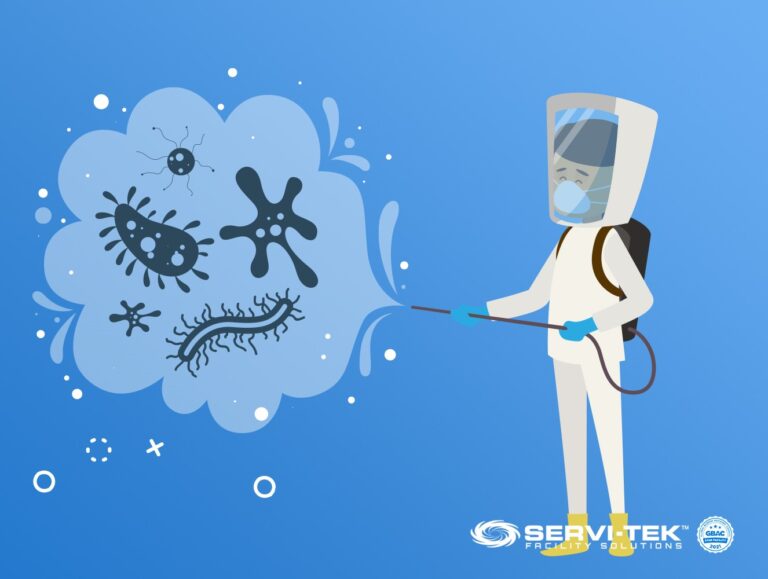When there’s a fire, firefighters connect hoses to standpipe hose connections for water with which to fight the fire. In effect, a standpipe system provides fire hydrants throughout a building for fire-fighting use. So that’s what it does. But what is a standpipe?
A standpipe is a series of pipes that connect a water supply to hose valves located in the building. It distributes water from the main supply source to a hose outlet or an automatic sprinkler system. Standpipe systems ensure a fixed and permanent means of moving water for fire fighting from a reliable water supply to all portions of the building. In buildings with sprinklers, standpipe systems serve as important backup systems that firefighters can use to extinguish that portion of a fire not extinguished by sprinklers. The applicable standard in the United States is NFPA 14: Installation of Standpipe and Hose Systems.
Standpipe Classifications
Standpipes are classified in NFPA 14 into the following three groups on the basis of hose size and use:
- Class I: Provided with 2½-inch hose stations and intended primarily for use by fire department personnel and not by building occupants.
- Class II: Provided with 1½-inch hose stations and intended for use by building occupants as well as by fire department personnel.
- Class III: Provided with 1½-inch and 2½-inch hose stations and intended for use by building occupants as well as by fire department personnel.
But it’s not that simple. In addition to the three classifications, there are five types of standpipe systems. Any one of these five types can be applied to each of the three NFPA classifications. The five types of systems are:
- Automatic dry: Contains air under pressure. Opening a hose valve releases the air and automatically admits water into the standpipe system.
- Manual dry: Contains air, but does not have an automatic water supply. Fire department pumpers add water to the system.
- Semiautomatic dry: Requires someone to activate a remote control device manually to admit water into the standpipe system.
- Automatic wet: Retains water in the piping at all times and is capable of automatically supplying the correct water pressure and flow.
- Manual wet: Retains water in the piping at all times, but is not capable of providing adequate pressure and flow. The fire department must use its pumpers to augment the water supply.
Standpipe system piping can also supply a sprinkler system. This type of system is called a combination standpipe and sprinkler system. With its higher water-supply demand, a combined standpipe and sprinkler system requires an automatic water supply. This demand should be measured by both the pressure and the flow requirements of either the standpipe system or the sprinkler system, but not both systems simultaneously.
Where Standpipes Need to Be
The need for a standpipe system is typically based on the height of the building, but the local fire station is also a determining factor. Standpipe systems are provided in all buildings in which the floor level of the highest story is more than 30 feet above the lowest level of fire department vehicle access. (Some local codes are more stringent.) Standpipe connections are typically located on each floor level at every exit stairway. Where standpipes are installed in buildings more than six stories or 75 feet high, at least one riser should extend through the roof and terminate in a two-way, 2½-inch hose connection.
The method used by designers in the past to locate a standpipe system was to make all portions of every floor reachable by 100 feet of hose and a 30-foot water stream. This method of placement has been changed so that standpipes are now installed in exit stairs, with additional standpipes provided according to a specified travel distance to the next standpipe.
The new method was adopted because exit stairs are located according to a standard maximum travel distance to an approved exit. In addition, fire department standard operating procedures require firefighters to use the exit-stair enclosure as a path to reach the fire floor and as a haven from which to fight the fire.
Another reason for installing standpipes in exit stairways is to protect the system. Piping in a standpipe system should not pass through hazardous areas and should be located to be protected from physical and fire damage. Exit stairs provide this type of location.
Standpipe Specs
Supply piping should be sized to provide a minimum flow of 500 US gallons per minute (gpm) for the first riser, and 250 gpm for each additional riser up to a total of 2,500 gpm. Standpipe risers should be sized to maintain a minimum of 65 psi of residual pressure at the highest hose connection with a minimum flow of 500 gpm.
The location of valves should permit the isolation of one standpipe without interrupting the flow to other standpipes. All main and sectional control valves should be clearly labeled with signs indicating the portion of the system that they control.
In high-rise buildings, the NFPA requires that hose valves have an approved pressure-regulating device to limit the pressure of water discharged from the standpipe system. A standpipe with 1½-inch occupant-use hose connections must have a pressure-regulating device when:
- (a) the residual pressure on its outlet exceeds 100 psi; and
- (b) the static pressure on its outlet exceeds 175 psi.
The pressure regulating device limits the static and residual pressure to 100 psi.
Standpipes with 2½-inch hose connections must have pressure regulating devices when the static pressure exceeds 175 psi. Such devices are intended to limit the static and residual pressure to no more than 175 psi.
Hose connections should be 2½ inches in diameter, have threads compatible with local fire department equipment, and be located not less than 3 feet and not more than 5 feet above the finished floor level.
When risers supply both standpipe systems and sprinkler systems, an indicating control valve-such as an outside screw and yoke valve-should be provided at the sprinkler system connection to isolate the sprinkler system for maintenance without disabling the standpipe system. With an outside screw and yoke, the threaded stem (screw), the yoke through which it extends, and the valve wheel that operates the stem are all exposed so that the opened and closed positions of the valve can be visually confirmed. Most authorities require these valves to be electronically monitored in the open position or chained open if not monitored to prevent them from being closed or left in a closed position.




